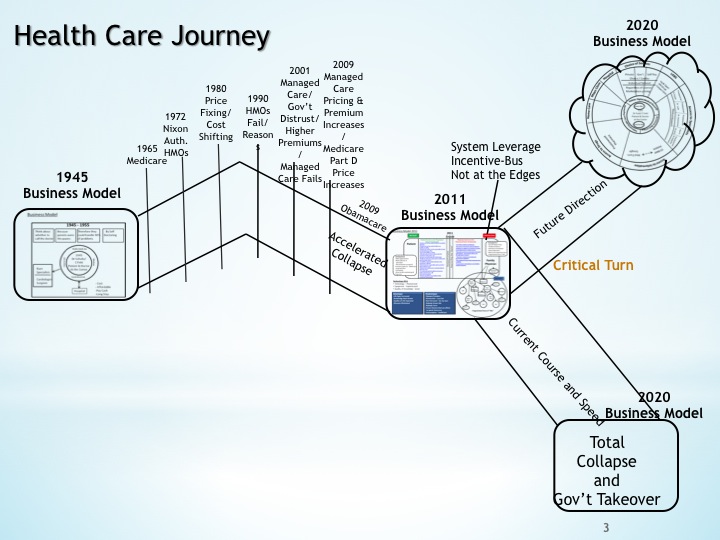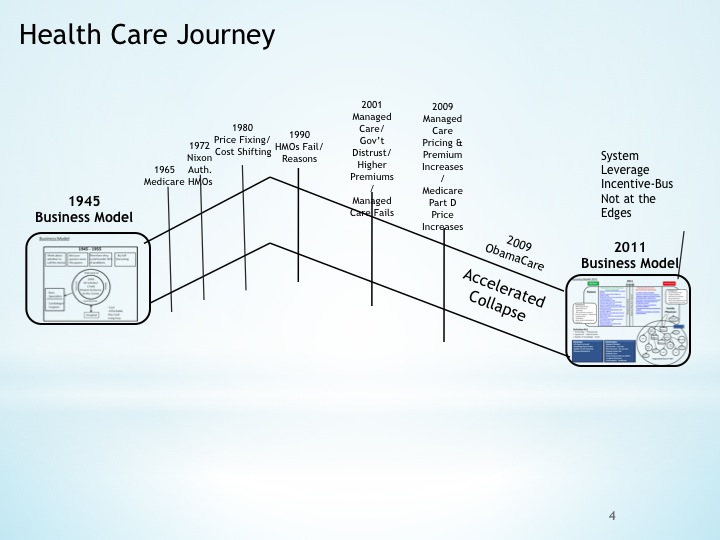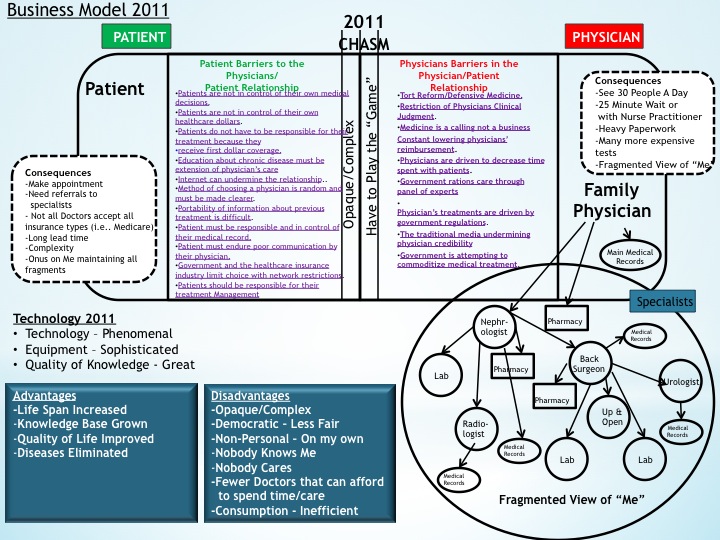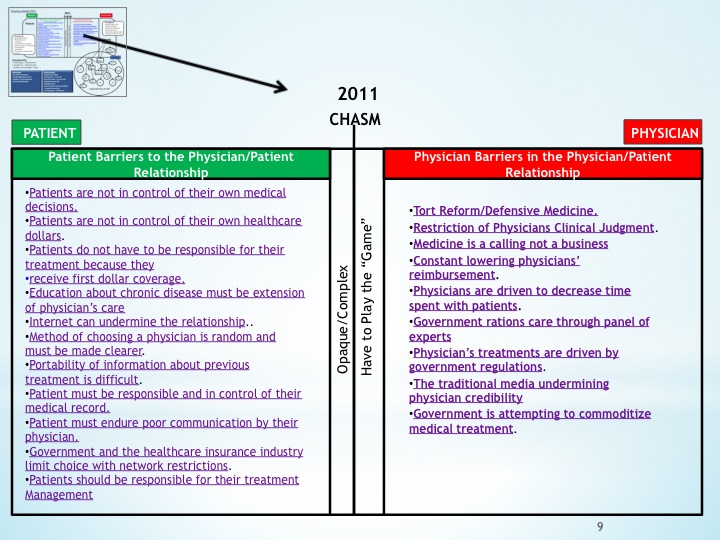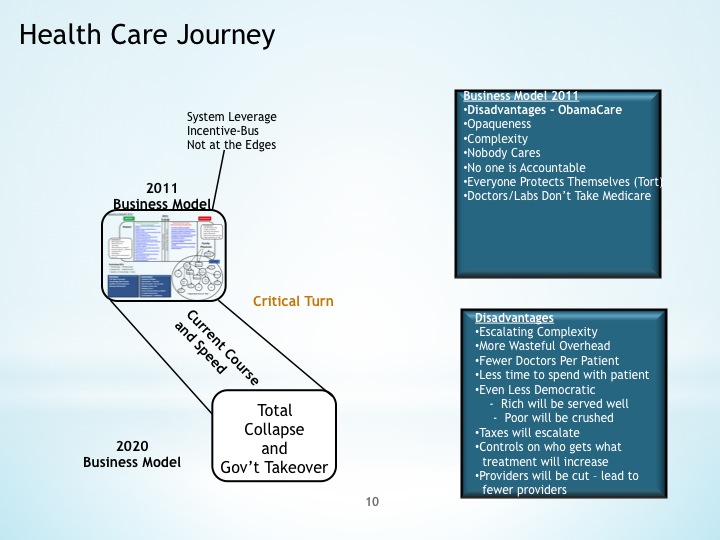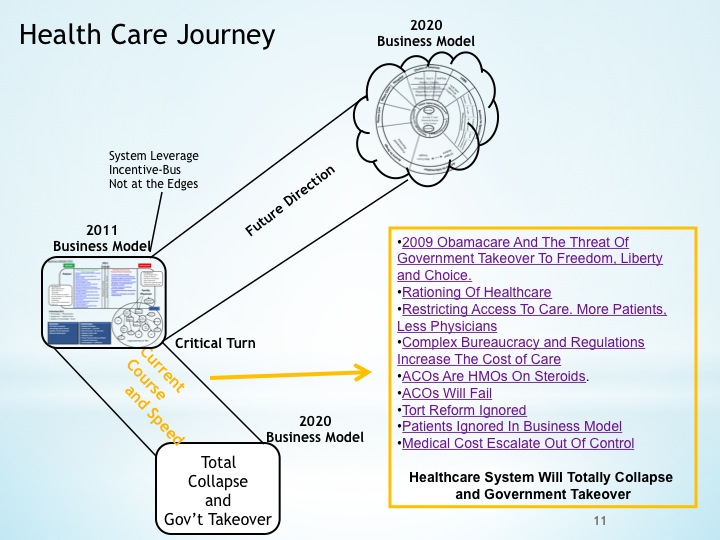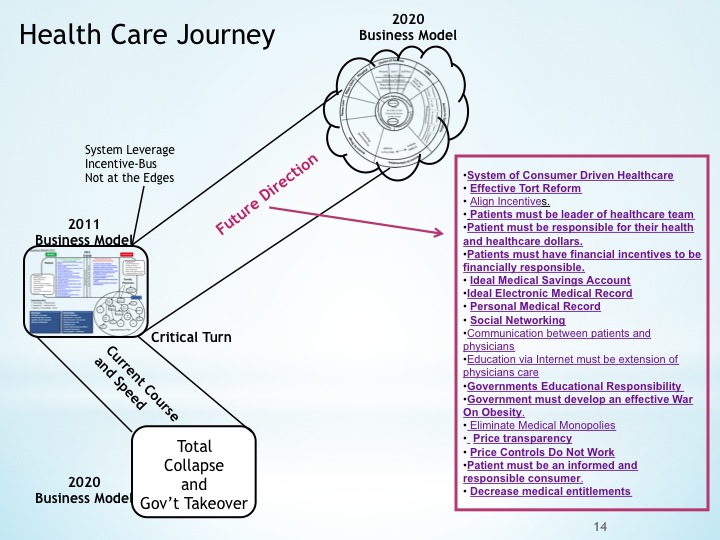The Destruction of Private Healthcare Insurance
Stanley Feld M.D., FACP, MACE
One of these days Americans
are going to pay attention to how President Obama is destroying private
healthcare in America.
Many people will fine this
hard to believe because he is such a nice guy and many people like him.
He is making the healthcare
insurance industry destroy itself by forcing them to increase healthcare
insurance rates.
The destruction is so well
designed that the public cannot take notice. The healthcare system will not be
more affordable or accessible to anyone in the nation.
The changes will provide
President Obama with another tool to redistribute wealth and increase the individual’s
dependence on the federal government. This defines President Obama’s goal in affecting
all areas of our life.
Americans are on the Road To
Serfdom.
I remember Barney Frank and
John Kerry saying that healthcare reform would not work without a “Public Option.”
I also remember President Obama saying we can make it work without a “Public Option.”
President
Obama’s original plan was to eliminate private insurance. Americans would have
no choice but a “Public Option.” (National Health Plan)
Kathleen
Sebelius, the secretary of health and human services
said, she “retains authority to make the
final decision” on insurance rates if she finds that a state acted in an
arbitrary or capricious way in denying a rate increase sought by a nationwide
health plan.
This is the first time I
have seen President Obama’s administration use the words “National Health
Plan.”
It was obvious President
Obama was not truthful when he said “if
you like your physician you can keep him” and “if you like your healthcare insurance you can keep it.”
Congress made a gigantic while
passing Obamacare and transferring all healthcare policy decision making power
to the executive branch of government.
President Obama’s goal is to
have complete control over the healthcare system. He wants to force the private
healthcare insurance industry out of business. He wants to socialize the entire
medical care industry into a single party payer system. The government will be the single party payer.
Healthcare will then be a
ubiquitous entitlement program that the government cannot afford unless it increases
taxes entire population according to the taxpayers means.
This is the pattern behind many
of the articles written in isolation by the traditional media.
The unintended consequences
resulting from each policy change will be overwhelming.
I have been fascinated by President
Obama’s negotiating strategy.
Americans are going to wake
up to the fact that President Obama has increased taxes for the funding of
Obamacare by $1 trillion dollars over the next ten years aside from the tax
hikes effective January 1st.
Americans are going to wake
up and feel deceived by President Obama when they realize they are getting
little for their increased taxes except government control over their freedoms.
I predict President Obama’s
plans will blow up in his face.
Consumers will protest when
they recognize the impact these multiple new taxes will have on their
discretionary income. President Obama will not get the funding he needs from
congress.
His physician workforce will
not cooperate. Hospitals are starting to wake up and are seeing they were
deceived. They thought they would do better because they have bought physician
practices.
Recently they automatically
received cuts in reimbursement while the doctor fix was extended for another
year. Physician reimbursement will be cut and the physician workforce will
dwindle.
On Friday afternoon November
30th 2012 the Obama administration pulled a stunt on the healthcare
insurance industry.
“The Obama administration
said Friday that it would charge insurance companies for the privilege of
selling health insurance to millions of Americans in new online
markets run by the federal government.”
The "user fees" are another tax to consumers.
The government is
disregarding the fact that healthcare insurance premiums are too high for
employers to provide healthcare insurance for employees now.
Employers are opting to drop
healthcare insurance coverage and pay the government penalty. Some are dropping
healthcare insurance and avoiding the penalty by decreasing the number of
employees to under 50 employees or decreasing employees work hours to under 30
hours per week.
This will increase, not
decrease the tax burden on the consumer.
The exact effect of the
health insurance exchange on the healthcare industry is muddled.
It looks as if President
Obama is rapidly moving toward a “Public Option.”
Consumer advocates, insurers,
and some state officials had expressed concern about delays in publication of
the rules for this new proposal.
President Obama has used
this is the same tactic before. Consumers and agencies must accept the changes
before the rules are published.
Consumers and state
governments do not trust President Obama. They are afraid to say yes when they
do not know what they are saying yes to. In the end it looks like the state governments and the
consumers will get stuck with the bill and the federal government will have
complete control over the healthcare system.
CMS said. “These plans will
be offered by private insurance companies under contract with the United States Office of Personnel Management. The agency already provides insurance to eight
million federal employees, retirees and dependents.”
The scary part is the administration said,
“It (the government) retains
authority to make the final decision” on rates if it finds that a state acted
in an arbitrary or capricious way in denying a rate increase sought by a
nationwide health plan.”
The term “Nationwide Health Plan” and “final authority” sounds as if the
government is taking over.
The federal government will
also have control over physicians and hospital fees. It will also control access to care and the
rationing of care.
It is almost too late for
consumers to wake up.
No one can say President
Obama didn’t tell us.
It can only be said the plan
was so obfuscated, final rules so delayed and unsubstantiated promises made and
not publicized on a Friday afternoon the week after Thanksgiving that the
public did not understand what was going on and could not express an opinion.
The games President Obama
and his administration play are dizzying. The irresponsibility of our elected
congressional officials who are supposed to be our surrogates is
unconscionable.
The opinions expressed in the blog “Repairing The Healthcare System” are, mine and mine alone.
Please have a friend subscribe
